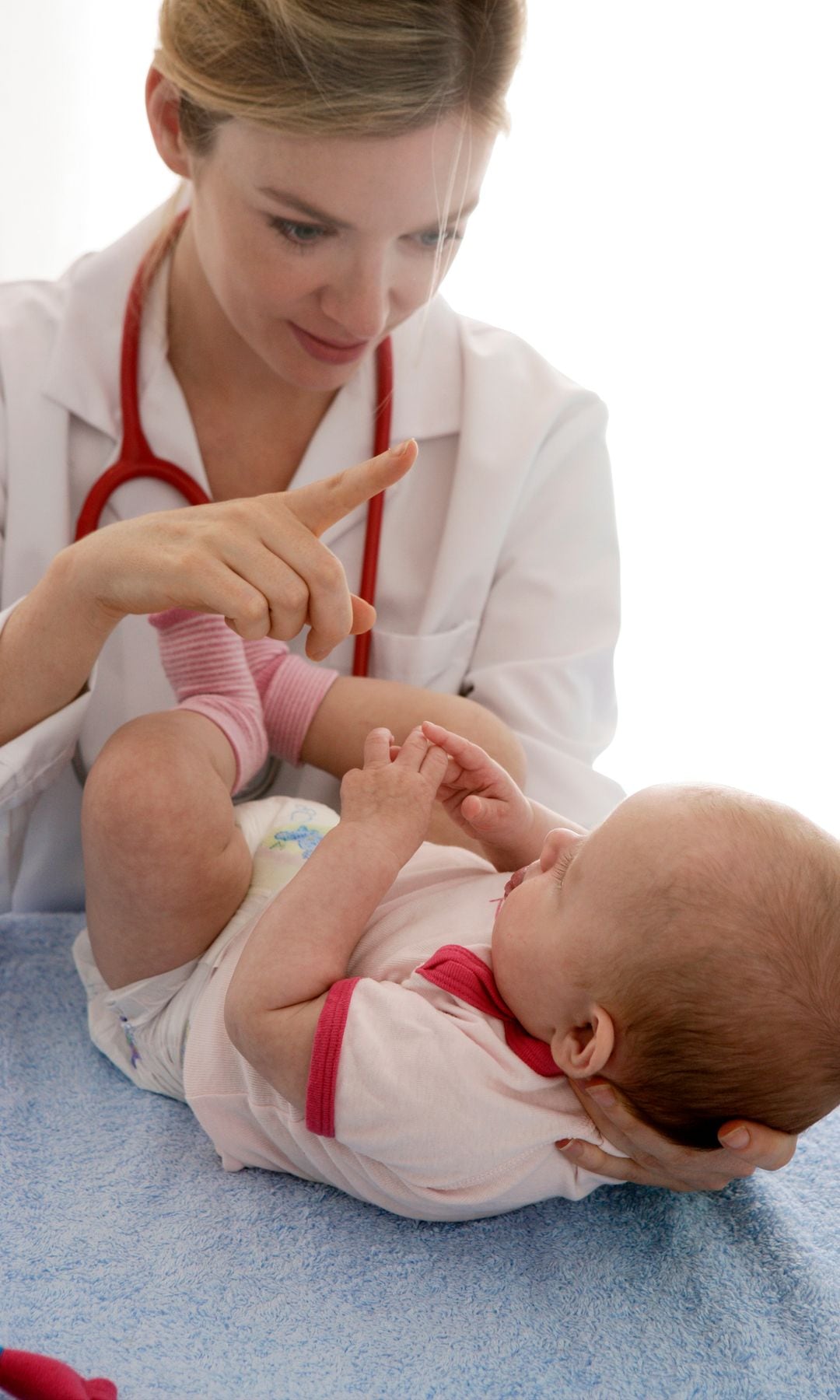The cataracts in the eyes is commonly associated with older people and, specifically, those of advanced age. However, it is not a pathology exclusive to adults, but also the children they can suffer from it. “In fact, almost 25% of blindness in childhood is due to this reason,” he confirms. Dr. Javier Fernández, specialist at the Vila Parc Sa Colomina ophthalmological center of Grupo Policlínica de Ibiza.
Both the pediatric cataracts like those that occur at advanced age, are the product of a opacification of the lenswhich is a kind of natural lens of the eye that, as such, must be transparent. This opacity obviously affects vision and can cause, as Dr. Fernández indicated, even blindness.
This, together with the lack of knowledge about the existence of this pathology in minors, the diagnosis of pediatric cataracts It often baffles families. However, there is a solution and, generally, this is the surgery“although we must individualize each case, since there are cataracts that affect the visual axis to a lesser extent, allowing the development of relatively normal visual acuity and that will not require surgical intervention,” says the ophthalmologist. “On the other hand, those cataracts that limit visual development (amblyopia) or that limit it below 0.6 will have a surgical indication.”
The cataract, once operated on, does not come back, but monitoring will be necessary, since changes associated with the intervention itself and the healing process of the intraocular structures may appear.
What is the surgical operation for pediatric cataracts?
We know that cataract surgery In adults it is usually simple and with very good results, since the patient usually recovers their vision dramatically. Does the same happen in the case of children? Well, some aspects must be taken into account, because “although the surgery is similar, the characteristics of the lens in a child make it a more complex surgery,” Javier Fernández answers.
On the other hand, the doctor warns that, in the case of children it may not be a definitive surgeryas usually happens with adults, since sometimes it is necessary to carry out the intervention when the eyeball has not yet completed its growth. “The cataract, once operated on, does not come back, but monitoring will be necessary, since changes associated with the intervention itself and the healing process of the intraocular structures may appear, which may sometimes require new procedures” , he warns.
It tells us that the most common change is the opacity of the capsule that supports the implant or intraocular lens. Fortunately, “when it appears we manage to improve it through laser treatment”.
Why do some children have cataracts?
The reasons why a child can develop cataracts They are diverse. Some are born with them; it would then be about congenital cataracts. This type of cataract “can affect one or both eyes, be associated with other ocular disorders and, in most cases, will be hereditary,” as Fernández explains. “They can also be due to intrauterine infections, metabolic diseases, kidney diseases, systemic syndromes…”
But pediatric cataracts are not only congenital. Cataracts can also appear when the child is somewhat older, as they sometimes develop “secondary to trauma or the use of certain medications such as corticosteroids.” The ophthalmologist from Vila Parc Sa Colomina adds that, in addition, may be associated with other ocular or systemic diseases. One of these diseases that can cause cataracts in childhood or adolescence is diabetes.
The treatment, in this situation, is also usually surgery, although cases have been described that have been reversible after achieving good glycemic control, as shown in the study. Cataract: a forgotten early complication of diabetes in childhood and adolescenceprepared by specialists from the Pediatric Endocrinology Unit and the Ophthalmology Service of the Virgen del Rocío Hospital in Seville.
How are pediatric cataracts detected?
In the case of congenital cataracts, “detection is direct in newborns during routine examinations where we can observe an opacity in the visual axis by illuminating both eyes with the ophthalmoscope and observing the pupillary reflections.” When it comes to older children who may have developed them later, ophthalmologists also diagnose them “by direct visualization with slit lamp”, which is what allows them to assess the different intraocular structures.

